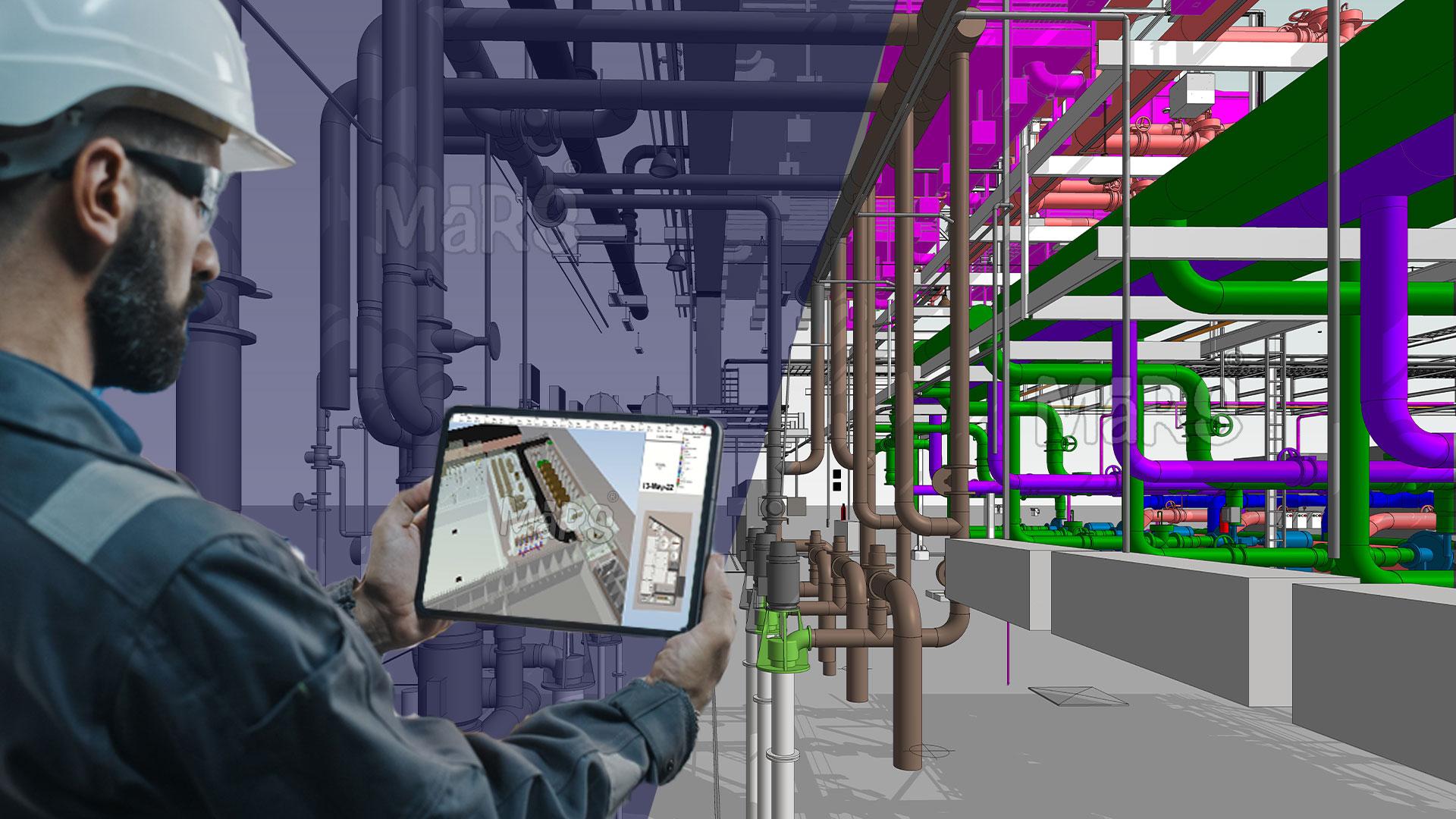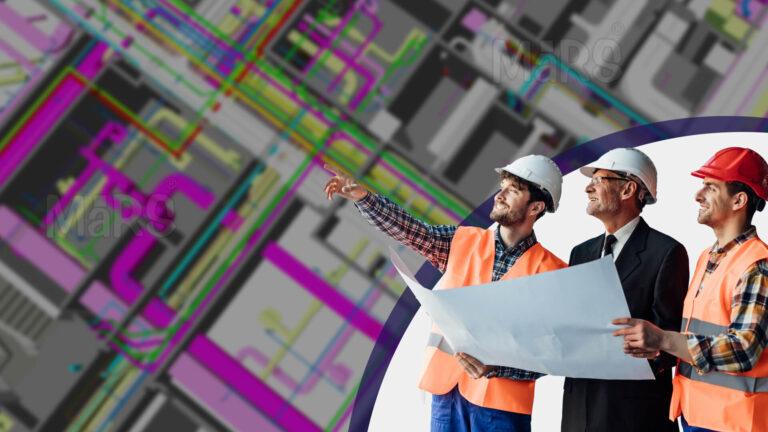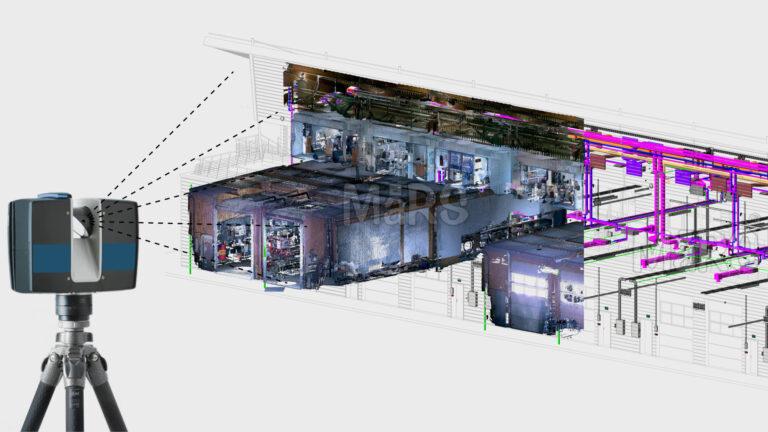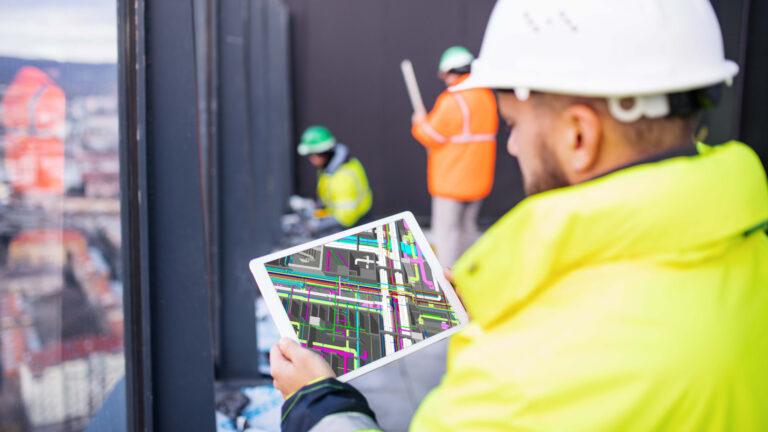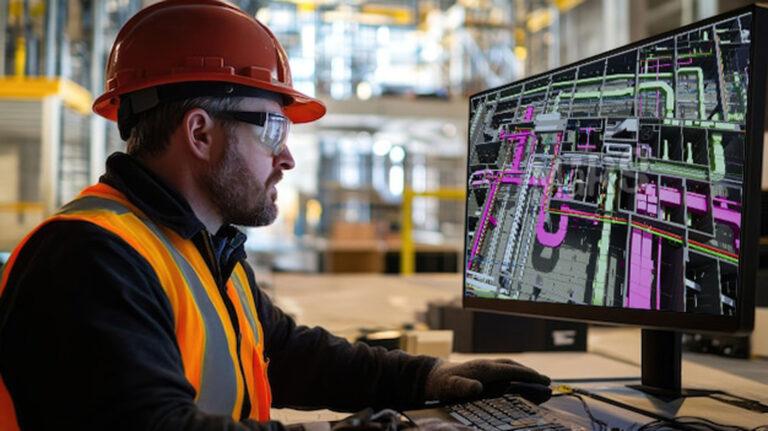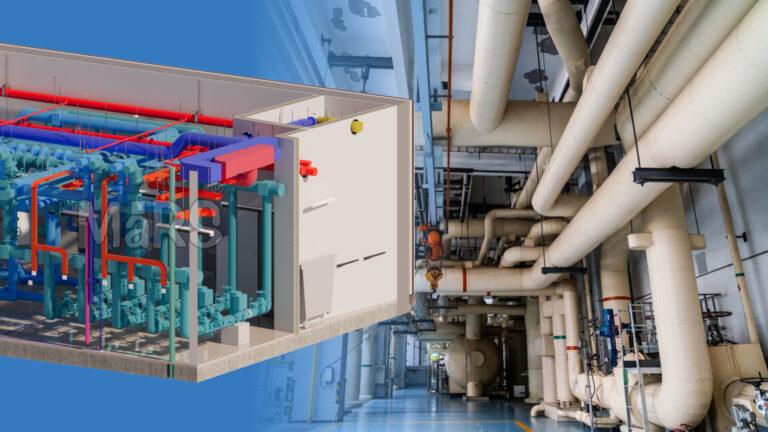Efficiency and cost management are crucial for successful construction projects. MEP BIM has transformed how we handle building projects by combining all technical systems into one digital model. This technology brings many advantages, helping to streamline projects and manage budgets more effectively. In this article, we will explore how MEP BIM influences project timelines and cost savings, making construction processes smoother and more economical.
Improved Collaboration Across Teams
One of the most significant advantages of Revit MEP BIM Modeling Services is the improvement it brings to team collaboration. Traditionally, various stakeholders in a construction project, such as architects, engineers, and contractors, worked with separate sets of plans and documents. This often led to miscommunications and conflicts, causing delays and additional costs. By integrating Revit MEP BIM Modeling Services, teams can work from a unified model, reducing errors and enhancing coordination.
With MEP BIM, all project members access a unified digital model that shows every detail of the mechanical, electrical, and plumbing systems. This shared platform enhances communication and coordination among teams. For instance, if the mechanical team updates a system layout, the electrical and plumbing teams can immediately see and adapt to these changes. This real-time sharing helps in catching and resolving issues early, reducing misunderstandings and errors.
Efficient MEP System Installation
Installing MEP systems such as HVAC, electrical wiring, and plumbing can be complex and time-consuming. However, MEP BIM simplifies this process by allowing teams to plan and visualize these systems before actual construction begins.
Using MEP BIM, teams can create detailed models that show exactly how and where each component will be installed. This level of precision means that when it’s time to put everything in place, the components fit as intended. This reduces the need for on-site adjustments and rework, which can be costly and time-consuming.
By streamlining the installation process, MEP BIM helps in completing the project faster and with fewer disruptions, leading to significant cost savings.
Enhanced Simulation and Scheduling
Accurate scheduling is crucial to keeping a construction project on track. MEP BIM enables teams to run simulations that predict how the MEP systems will perform once installed. These simulations help in understanding how different systems interact and identifying potential issues before they occur.
With these insights, teams can develop realistic schedules for the installation of MEP systems. This foresight allows them to plan the sequence of tasks more effectively and avoid delays. For example, if a simulation reveals that a particular system might interfere with another, adjustments can be made in the schedule or design to prevent conflicts.
This proactive approach to planning helps in adhering to project timelines, avoiding last-minute surprises, and ensuring timely completion.
Precise Cost Estimation and Budgeting
Cost management is a major concern for any construction project. MEP BIM provides detailed and accurate information that is essential for precise cost estimation. The digital model includes data on the quantities and specifications of all MEP components, which helps in calculating the overall costs more accurately.
By having a clear picture of what materials and labor will be required, project managers can create a more realistic budget. This detailed budgeting helps in controlling costs and preventing unexpected expenses. For example, if the BIM model indicates a need for additional materials or labor, these costs can be anticipated and factored into the budget.
Effective cost management through MEP BIM ensures that the project stays within budget and avoids financial surprises.
Avoidance of Project Delays
Project delays are a common challenge in construction, often caused by unforeseen issues or conflicts. MEP BIM helps in minimizing these delays by providing a comprehensive view of the project’s MEP systems. This allows teams to identify potential problems early on and address them proactively.
For instance, if the BIM model reveals a clash between the HVAC system and electrical wiring, teams can make adjustments before construction begins. This proactive problem-solving helps in avoiding last-minute changes and ensures that the project progresses smoothly.
By preventing delays and keeping the project on schedule, MEP BIM contributes to a more efficient construction process and timely project delivery.
Long-Term Cost Benefits
The advantages of MEP BIM extend beyond the construction phase. Once the building is completed, the detailed MEP data provided by BIM continues to offer benefits for facility management. Accurate and accessible MEP information makes it easier to maintain and manage the building’s systems over time.
For example, facility managers can use the BIM model to quickly locate and repair components, reducing maintenance time and costs. This long-term cost efficiency contributes to the overall sustainability and operational effectiveness of the building.
By supporting effective facility management, MEP BIM helps in achieving cost savings throughout the building’s lifecycle.
Conclusion
MEP BIM has a profound impact on both project timelines and cost savings. By improving collaboration, streamlining installations, enhancing scheduling, and providing accurate cost estimates, MEP BIM helps in delivering construction projects more efficiently and within budget. Moreover, its benefits extend beyond the construction phase, supporting effective facility management and long-term cost savings.
Embracing MEP BIM is a smart choice for anyone involved in construction. It not only makes the building process smoother but also ensures better project outcomes and financial management. For a more efficient and cost-effective building process, consider integrating MEP BIM into your next project.

